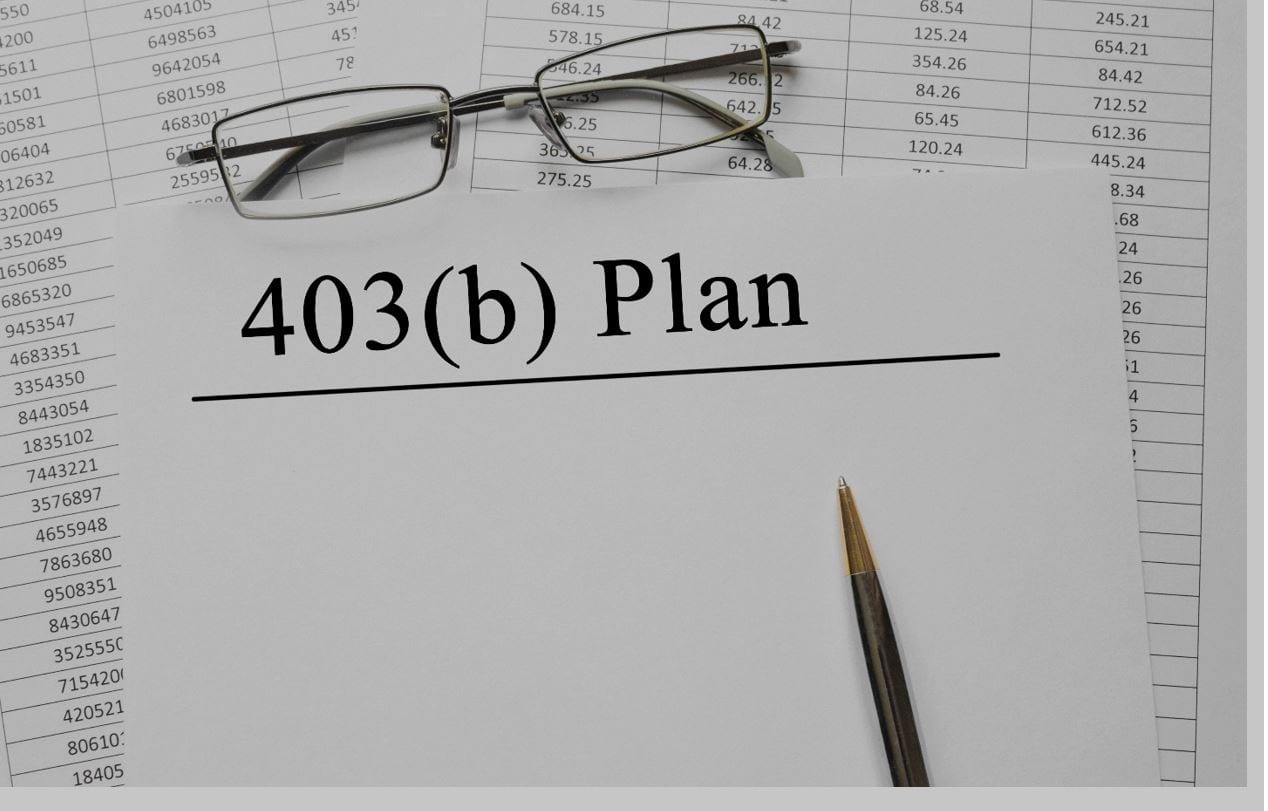By Investopedia Staff featuring Nick Strain, CFP®, CPWA®, AIF®, Senior Wealth Advisor at Halbert Hargrove
If you are no longer working with the employer that established your 403(b) account, you can roll your 403(b) balance into a traditional individual retirement account (IRA).
How It Works
Generally, only a signed contribution form is required by the individual retirement account (IRA) custodian/trustee to deposit the funds into an IRA. However, you should consult with your IRA custodian about their policies and procedures to prevent any unnecessary delays.
You should also consult with your 403(b) plan administrator/carrier to ensure the proper paperwork is completed. You may need to complete a distribution request form in order to have the assets distributed. The administrator may also require an acceptance letter from your IRA custodian. This serves as a confirmation that the assets will be deposited in an eligible retirement plan.
If you are no longer working with the employer that established your 403(b) account, you can roll your 403(b) balance into an individual retirement account (IRA). Individuals may consider rolling over a 403(b) balance into an IRA to gain more investment options, as the choices in a 403(b) plan might be limited. As well, individuals may choose to roll over a 403(b) plan if they leave a job and the new employer offers a 401(k) instead of a 403(b).
Rolling Over a 403(b)
Generally, only a signed contribution form is required by the IRA custodian/trustee to deposit the funds into an IRA. However, you should consult with your IRA custodian about their policies and procedures to prevent any unnecessary delays.
You should also consult with your 403(b) plan administrator/carrier to ensure the proper paperwork is completed. You may need to complete a distribution request form in order to have the assets distributed. The administrator may also require an acceptance letter from your IRA custodian. This serves as a confirmation that the assets will be deposited in an eligible retirement plan.
Finally, make sure the transaction is processed as a “direct rollover.” This means that any funds distributed are made payable to your IRA custodian and are sent directly to them. If the funds are made payable to you, the 403(b) administrator is generally required to withhold at least 20% of the total amount for federal taxes.1
How a 403(b) Works
403(b) plans is a retirement account for employees of public schools and tax-exempt organizations. The 403(b) plan is similar to a 401(k). Contribution limits for 2020 for 403(b) plans is $19,500 ($19,000 for 2019).
The catch-up contribution for those 50 years old and older is $6,500 for 2020 ($6,000 for 2019). Like a 401(k), a 403(b) can also have a Roth option. Individuals may have access to both a 401(k) and a 403(b) plan, although this is rare.
403(b) plans may also offer matching contributions. These plans also tend to vest quicker than 401(k) funds. In certain cases 403(b) plan participants can make additional catch-up contributions if they’ve worked with nonprofits or government agencies for more than 15 years.
In terms of withdrawals, fund withdrawals are subject to a 10% penalty if taken before age 59½. The penalty can be avoided if the individual leaves the employer at age 55 or older.
403(b) Downsides
One of the key reasons for rolling over a 403(b) balance into an IRA is to get more investment choices. 403(b) plans have limited investment options when compared to other retirement plans, such as 401(k)s. Many popular investments, such as individual stocks and real estate investment trusts (REITs), are not allowed in 403(b) accounts.
403(b) accounts allow mutual fund and variable annuity contracts. 401(k) accounts offer greater choices as they’re administered by mutual fund companies.
ADVISOR INSIGHT
Nickolas Strain, CFP®, AIF®
Halbert Hargrove Global Advisors, LLC, Long Beach, CA
It’s true that you can rollover the funds from your 403(b) plan into an IRA, but there are a few other options that you should think about as well.
You can rollover the funds into another retirement plan, cash out your 403(b) plan, or keep the funds in the 403(b) plan. The decision will depend on your work situation, your investment experience, the costs of various investment choices, and your goals for investing the funds.
Be sure to research how much it will cost to invest. The internal expense ratio of the funds can vary significantly. You may also consider keeping the funds in your 403(b) plan if you are between jobs and do not want to actively manage your investments. You can usually keep the funds in your existing account if your balance is greater than $5,000.
How do you balance having the life you want to enjoy today with what you’re going to need in the future? Are you doing what it takes to enter your dream retirement? TAKE OUR QUIZ to find out.


